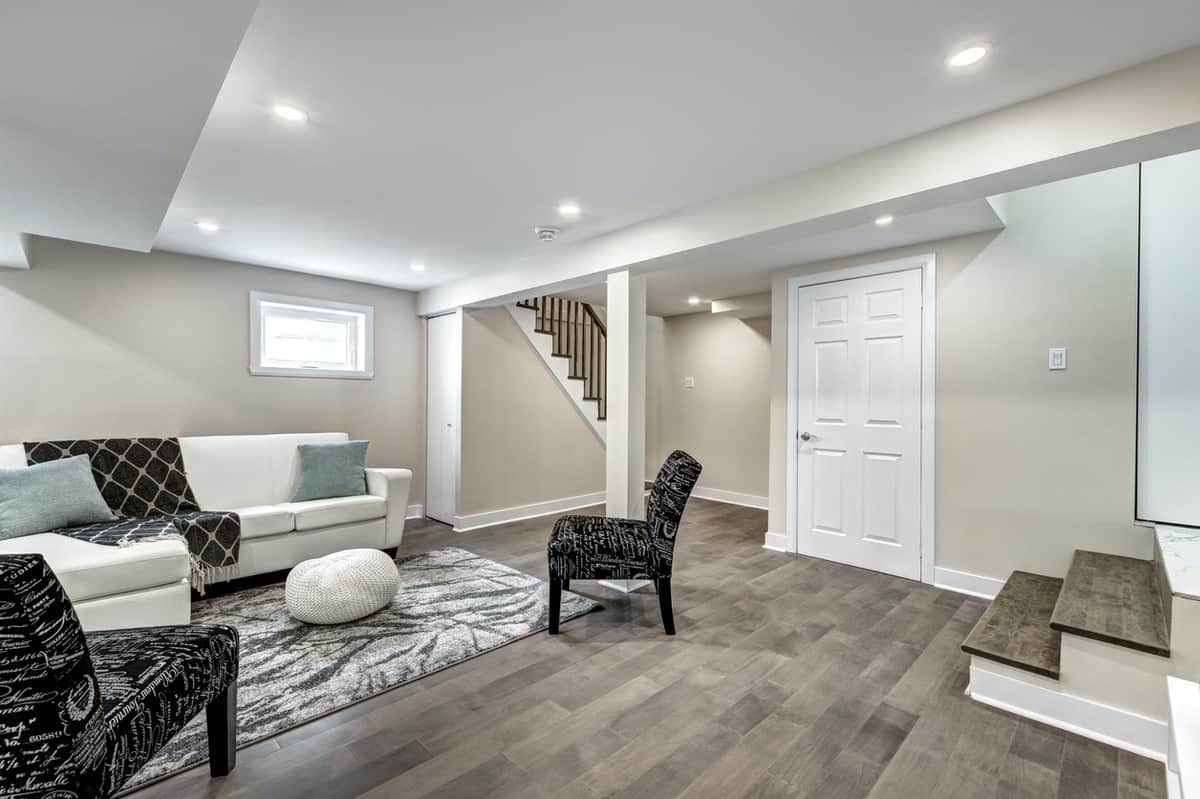You just touched up a scuff on your living room wall—and now it’s worse. The patch stands out, even though you used the same paint. Why?
Paint touch-ups often fail to match due to factors like aging, batch inconsistencies, changes in surface texture, and differences in application technique. Even the same brand and color can appear noticeably different once applied months—or even just weeks—after the original paint project.
For property managers, homeowners, and painters alike, mismatched touch-ups aren’t just frustrating—they can lead to expensive repaints, complaints from tenants, or lowered resale appeal.
This guide explains why touch-ups don’t match, how to avoid common mistakes, and the best strategies, tools, and products that help you achieve consistent, uniform interior paint color every time.
Common Reasons Paint Touch-Ups Don’t Match

Paint Aging and Color Fading
Even high-quality paint changes subtly over time. Exposure to UV light, indoor lighting, smoke, cleaning agents, and simply air can alter the original pigment.
If your wall was painted six months ago, the color has likely shifted—even imperceptibly. Applying fresh paint from the same can may result in a visible difference.
A matte gray, for instance, may warm slightly toward beige after months of exposure, making new touch-ups look too cool in tone.
Important: Touching up paint too soon can also cause mismatch. Let freshly applied paint cure for at least two weeks before evaluating color consistency.
Batch Variations in Paint Production
Most paint is manufactured in large batches. Even when buying the same color and brand, batch-to-batch variation can cause minor color differences due to pigment dispersion, raw material fluctuation, or machine calibration.
For example, Sherwin-Williams’ “Agreeable Gray” may shift slightly in tone from one production run to the next—even if the formula is unchanged.
If you don’t have paint from the original batch, the odds of a perfect touch-up match decrease significantly.
Solution: Always record the batch number (often on the paint can lid or label) and keep leftover paint sealed and labeled for future touch-ups.
Surface Differences and Texture Effects
A patched dent or nail hole may absorb paint differently than the rest of the wall. New joint compound or spackled areas often have different porosity levels, leading to inconsistent drying and color absorption.
Likewise, differences in wall texture can create shadows or highlights that alter perceived color. A touch-up on a slightly smoother patch will reflect light differently, even if the paint color matches exactly.
Fact: Flat paints are more forgiving, while satin and eggshell finishes often emphasize these mismatches due to reflectivity.
Application Technique Variations
Brush vs. roller. One coat vs. two. A hot, humid afternoon vs. a cool, dry morning.
All of these variables affect paint film thickness, dry time, and ultimately, the appearance of a touch-up.
Rolling tends to leave a stippled texture, while brushing can lay down paint more smoothly. If the original wall was rolled and your touch-up is brushed, the texture difference can highlight the new paint, even if the color matches perfectly.
Strategies to Achieve Standardized Paint Color for Touch-Ups
Retaining Original Paint and Documentation
The most cost-effective approach? Plan ahead during the initial paint project.
Keep at least a quart of leftover paint from each room, clearly labeled with:
- Room or area
- Brand and product line (e.g., Benjamin Moore Regal Select)
- Color name and number
- Batch/lot number
- Date of original application
Store it in a cool, dry place, away from heat and sunlight. If sealed properly, most paints remain usable for at least two years.
Using Professional Color Matching Tools
If the original paint is unavailable, spectrophotometers and in-store color matching services can help.
These devices analyze the color on your wall and attempt to replicate it using a base formula. But beware—these tools don’t account for texture, gloss level, or aging.
For best results:
- Bring a physical paint chip or small section of painted drywall.
- Request a sample pint to test the match before committing to a gallon.
- Apply the sample under the same lighting conditions as the rest of the wall.
While helpful, even the best machines can only approximate the color—not replicate it exactly.
Prepping Surfaces for Consistent Absorption
A clean and prepped surface reduces absorption inconsistencies and helps the paint adhere evenly.
Touch-up prep checklist:
| Step | Purpose |
|---|---|
| Clean the area | Remove dust, oils, and contaminants that affect adhesion |
| Sand the edges | Blend patch edges into surrounding paint film |
| Prime the patch | Seal porous repairs and provide uniform absorption |
| Feather the edges | Use light overlapping strokes to blend paint outward |
Skipping these steps often leads to “flashing” where the new paint absorbs differently and appears glossier or flatter than the surrounding area.
Matching Application Methods and Conditions
To blend touch-ups seamlessly, you must replicate the original painting method as closely as possible:
| Factor | Match This From the Original Paint Project |
|---|---|
| Application Tool | Was it a roller, brush, or sprayer? |
| Sheen Level | Gloss, satin, eggshell, or flat? |
| Number of Coats | Apply same number to patched area |
| Temperature & Humidity | Paint in similar conditions to reduce drying differences |
Try painting under similar lighting conditions too. Artificial light during the touch-up may not reveal mismatch until daylight exposes it.
Products and Technologies That Help with Color Consistency

Paints with High Color Retention
Investing in fade-resistant paints during the initial job makes future touch-ups easier.
Some examples:
| Product | Features |
|---|---|
| Sherwin-Williams Duration Home | Excellent color retention and stain resistance |
| Benjamin Moore Aura Interior | Proprietary Color Lock® tech resists fading and rub-off |
| BEHR Dynasty | Advanced scuff-resistance and color hold |
These formulas minimize the aging gap between original and touch-up coats, improving long-term visual consistency.
Touch-Up Kits and Specialty Products
Some manufacturers now offer touch-up kits specifically designed to simplify maintenance:
- Pre-loaded pens or brushes for small nicks
- Mini rollers with paint reservoirs for easier blending
- Color-coded touch-up pouches labeled for each room
These are especially useful for property managers or building owners managing multiple units and paint colors.
Primer Options for Color Uniformity
Never skip the primer when repainting patched areas. Using a tintable primer that approximates the topcoat color helps blend the final result seamlessly.
Recommended products:
| Primer | Benefit |
|---|---|
| Zinsser Bulls Eye 1-2-3 | Tintable, great adhesion, fast-drying |
| KILZ Premium | Seals stains and improves topcoat color uniformity |
| Benjamin Moore Fresh Start | High-hiding, ideal for tricky surfaces |
Apply primer in a thin, even coat and let it fully dry before topcoating.
Service-Specific Advice for Property Managers and Painters
Planning for Touch-Ups During Initial Paint Project
Commercial spaces, apartments, and rental units experience frequent wear and tear. Smart contractors and property managers plan ahead:
- Order 10–15% extra paint per color
- Store paint in labeled, rust-proof containers
- Include a touch-up plan in the maintenance schedule
Touch-ups are inevitable. Preparing for them reduces costs and tenant complaints down the line.
Documenting Paint Details for Future Use
Organize paint details in a digital or physical logbook. Include:
- Paint schedule per room/unit
- Photos of paint labels
- Color codes, finish types, and batch numbers
For multi-unit buildings, having this data ensures consistency even across future turnovers or multiple maintenance teams.
Hiring Experienced Professionals for Touch-Up Work
Not all painters are trained in subtle blending. A quality touch-up often requires:
- Feathering techniques
- Custom mixing to adjust for faded walls
- Matching original tools and motion
Experienced painting contractors may even opt to repaint entire wall sections instead of small patches if the match isn’t acceptable.
Investing in experienced professionals for touch-up work can prevent costly rework or unsightly interiors.
People Also Ask: Touch-Up FAQ
Why does fresh paint look different from old paint?
→ Because paint changes due to aging, exposure, and environment. The original coat has had time to cure and fade slightly.
Can paint stores perfectly match any color?
→ Not perfectly. They can match closely, but surface texture, sheen, and lighting all affect the final result.
How do I store leftover paint for touch-ups?
→ Seal the can tightly, label it clearly, and store it in a cool, dry location. Avoid garages or attics where temperature fluctuates.
Should I prime patched areas before touching up?
→ Absolutely. Priming ensures even absorption and a smoother finish, especially on drywall repairs or new compound.
How long should I wait before doing touch-ups after painting?
→ Wait at least two weeks. This gives the original coat time to cure fully, improving the chance of color consistency.
Consistency Is Key for Seamless Touch-Ups
When it comes to interior painting, small mistakes can have outsized visual consequences. Touch-ups may seem simple, but when they don’t match, the result is an eyesore that undermines the entire space.
With proper planning, documentation, surface prep, and the right products, you can standardize interior paint color for reliable, professional-looking touch-ups—even months or years later.
Whether you’re managing hundreds of apartment units or maintaining a single home, these best practices help protect your paint investment and keep your interiors looking clean, consistent, and well-maintained.





